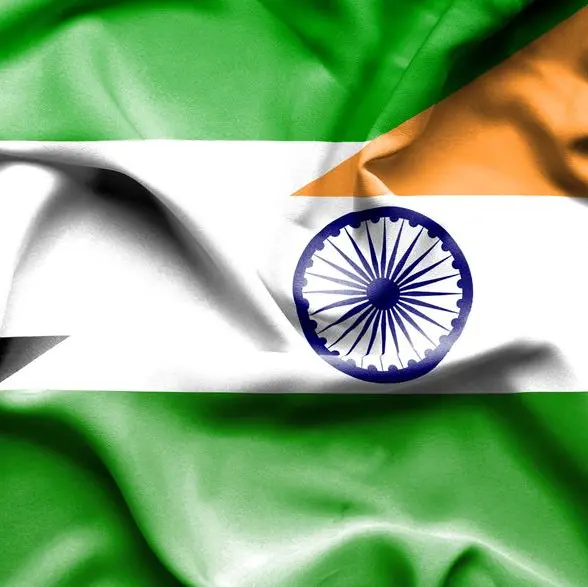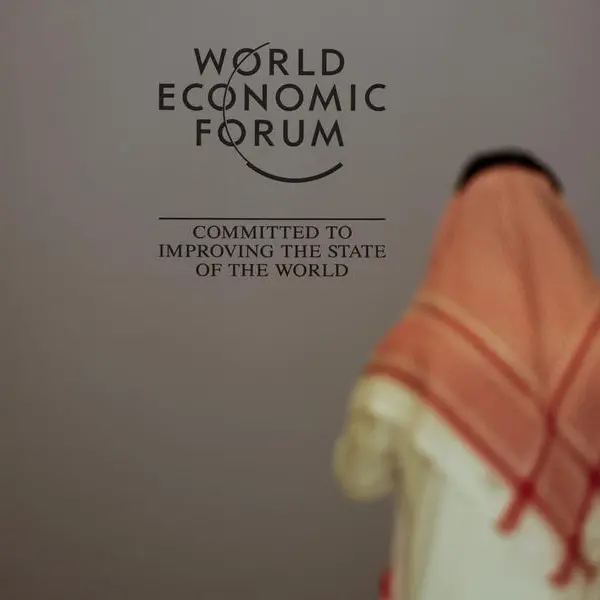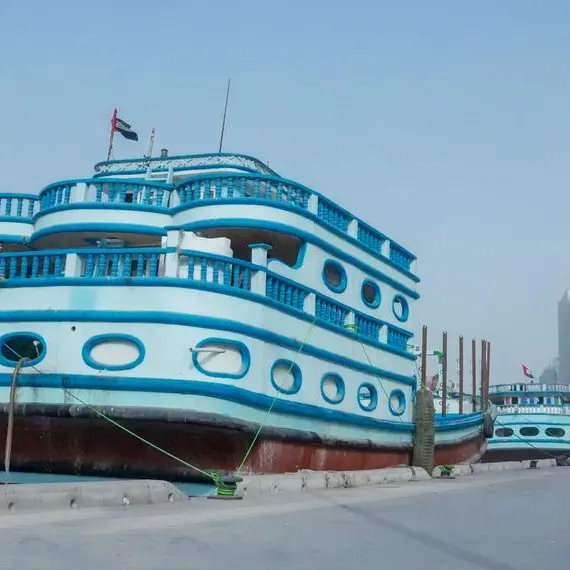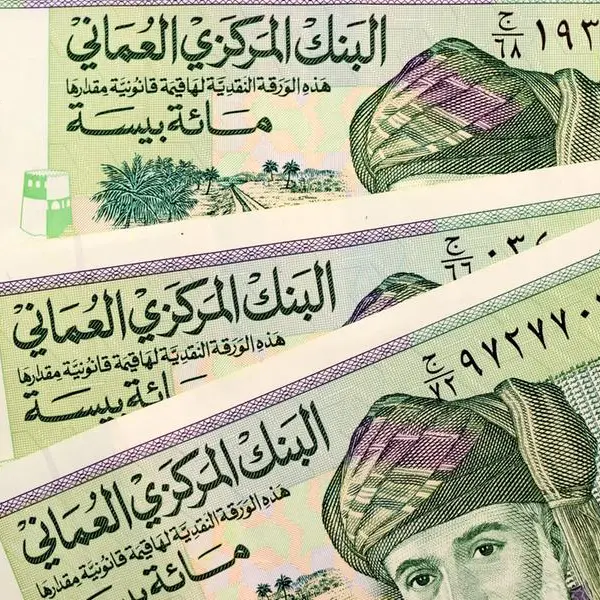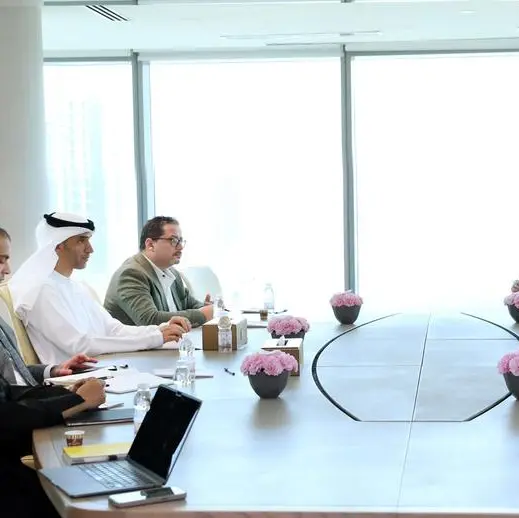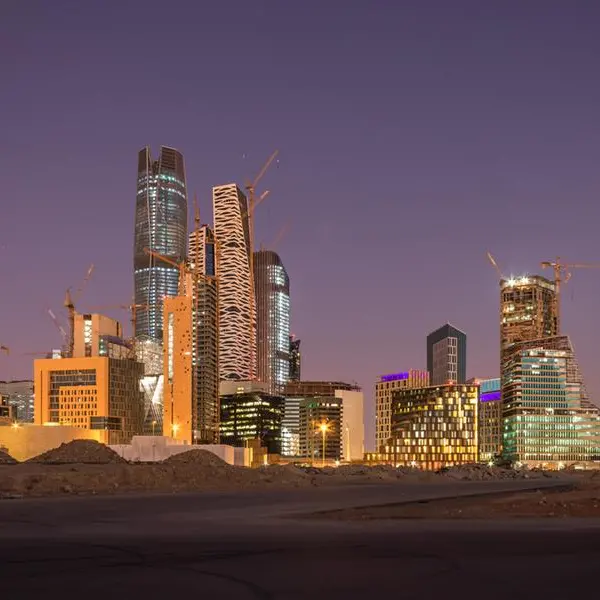PHOTO
S&P Global Ratings forecasts credit growth and profitability will remain strong for Gulf Cooperation Council (GCC) banks and banking systems in 2024, but anticipates a slight softening from 2023 levels.
“In general, the region's banks should exhibit broad stability across key metrics in 2024 and continue to stand out as being well capitalised, profitable, well provisioned, and (for the most part) liquid,” S&P said in a report, entitled "GCC Banking Sector Outlook 2024: A Relative Bright Spot Among Emerging Markets".
S&P thinks the UAE and Saudi banking systems are poised to continue their growth above the rest of the region, and expect credit growth in Oman to remain robust.
Key risks
The key risks to the outlook that S&P sees (but doesn't expect) include the worsening geopolitical environment, exposure to higher-risk jurisdictions (including Egypt and Turkiye), oil price volatility, and real estate exposure.
The report said headline real GDP growth is expected to accelerate in all GCC countries in 2024 aside from Bahrain. Non-oil growth should remain particularly dynamic in Saudi Arabia and the UAE.
“We expect GCC interest rates will remain high but fall by 1% by the end of the year, in step with the US Fed. Inflation will remain close to target and contained by price administration measures.”
Notwithstanding volatile supply-demand dynamics, S&P expects oil prices to remain broadly stable over
2024, which will support continued fiscal expenditure. Ongoing or worsening geopolitical tensions pose a risk to this assumption, but weaker-than-expected growth in China could pose downside risks to oil prices, dent sentiment, and lead to some fiscal strain in sovereigns with higher fiscal break-even prices.
Supporting credit demand
The economic environment will support credit demand and S&P anticipates only slightly slower credit growth overall (partly as a base effect but also as banks increase lending caution). This will support profitability, but margins will likely start to narrow by the end of the year, reflecting the lagged impact of anticipated interest rate and higher funding costs.
S&P regards asset quality in the GCC as relatively strong and does not expect much deterioration, given high levels of precautionary provisioning. Leverage is contained but still-high rates will keep cost of risk elevated, particularly in banks with larger exposure to entities that do not depend on government cash flows.
GCC banks' capitalisation levels will continue to support their creditworthiness in 2024. “We forecast our RAC ratios to strengthen slightly in all GCC countries aside from in Saudi Arabia, where we expect the fastest growth.”
Banks are predominantly funded through strong local deposit franchises for countries like UAE, Kuwait, and Oman, although for Oman, one-third of customer deposits come from the government and their related entities. Liquidity strains could emerge in externally levered systems like Qatar and could rise where domestic funding is growing slower than credit.
Heightened geopolitical risk
S&P views the regional--and global--geopolitical environment as complex and worsening. The geography of the Israel-Hamas conflict is widening and proxy conflicts, which have previously directly involved GCC states, pose a potential route for further escalation. These could impair sentiment, investment, and capital flows, but we do not expect an event that would test financial stability. GCC banking systems and regional governments generally have strong net external positions and can withstand or offset significant outflows of foreign funding.
Real estate
Generally, mortgage penetration levels in the region are low, but a correction in residential real estate prices--which S&P expects in Dubai--and high vacancies in the commercial real estate sector could portend a slowdown in growth and weakening of asset quality. Real estate exposure is conspicuous in many banks’ Stage 2 and 3 loans. However, the sector endured substantial strain through the pandemic.
High-risk jurisdictions, particularly Turkiye and Egypt
Risks in the former appear to be abating and our loss scenario shows exposures are relatively contained at the system level. Still, recent expansion by individual GCC banks in both countries is material and exposures total around $160 billion.
S&P expects regional strengths to remain
Issuer credit ratings in the region are, on average, close to ‘A-’, compared with a global average in the ‘BBB’ category. The two main factors for this are robust capitalisation and strong government support (86% and 76% of rated GCC banks receive positive adjustments for these factors, respectively, with the latter contributing up to four notches of uplift above the anchor). Risk exposure and loss experience are negative factors in about half the portfolio.
Credit growth generally stable in 2024
Broadly, the region’s credit growth is linked to public expenditure cycles, which are typically supported by hydrocarbon revenue and private sector activity influenced by sentiment related to the oil price outlook.
For credit growth, this means that although a base-effect compounded by higher-for longer rates, increasing risk aversion, and uncertain external economic activity will weaken demand and increase lending caution, we still expect healthy lending for the year.
S&P forecasts continuing strong credit growth in Oman, bolstered by improving economic and fiscal conditions and subdued growth in Qatar, relating to slower government capital expenditure.
Turkiye And Egypt
S&P views GCC banks’ exposures in these jurisdictions as high-risk. This estimated total is equivalent to about 7% of exposed group assets.
GCC bank subsidiaries in Turkiye account for an estimated $105 billion. In a scenario where subsidiaries failed--and no parental assistance was forthcoming--lost equity from Turkiye would wipe out about 50% of total exposed groups’ net income and lost equity from Egyptian subsidiaries about 25% of exposed groups’ net income, which would not pose a threat to capital.
While combined figures obscure the risk to specific groups, they show the risks are highest in exposed Bahraini banks and lowest in Saudi Arabia.
Saudi Arabia and the UAE have the strongest return on assets (RoA) forecasts and, when considering their high levels of capitalisation, compare well with that of regional or global peer groups. For most systems, we expect profitability will fall slightly by year-end, mainly reflecting a slightly looser monetary stance than at the start of the year.
On a risk-adjusted basis, regional banks are well capitalised; with high levels of profitability, internal capital generation is expected to boost ratios for many banks. Common equity continues to dominate the quality of capital.
Copyright 2022 Al Hilal Publishing and Marketing Group Provided by SyndiGate Media Inc. (Syndigate.info).

